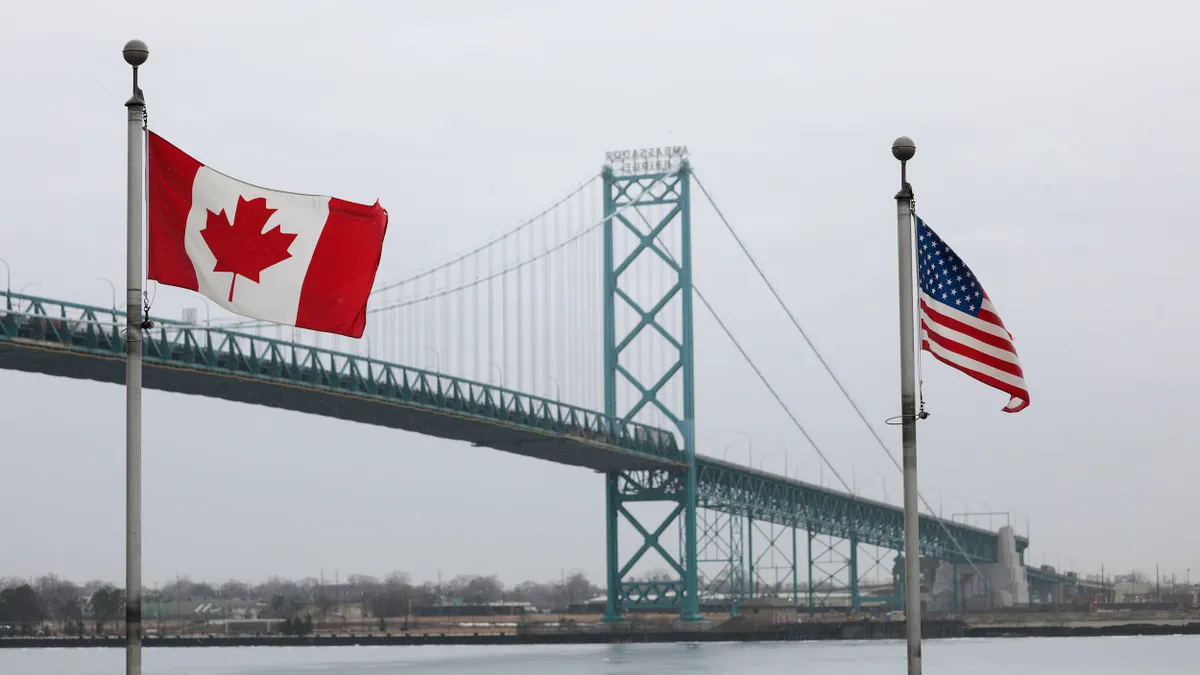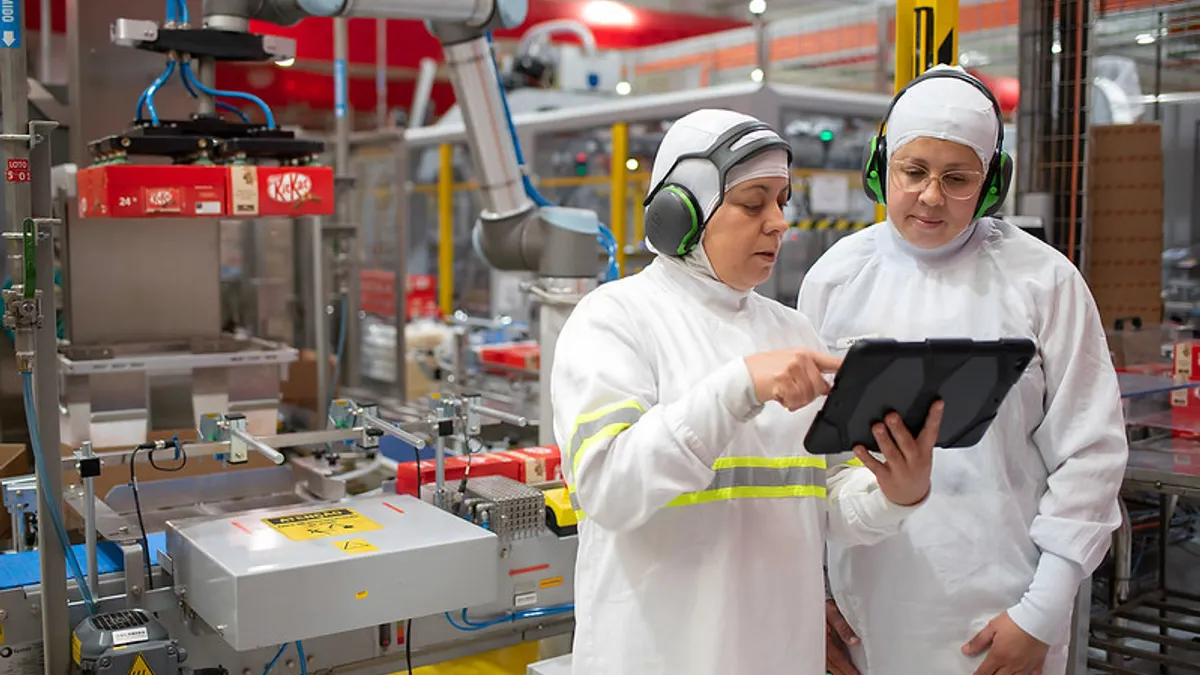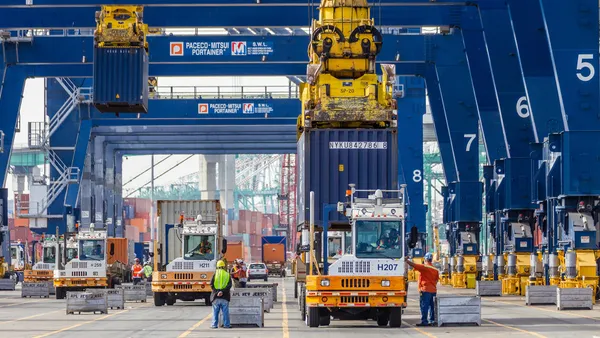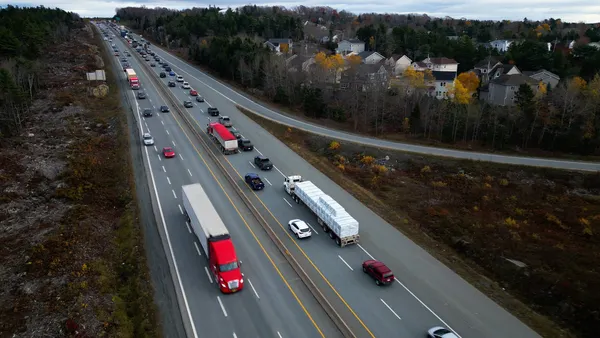Dive Brief:
- Heavy truck collisions are on the rise in Southern California, creeping back to pre-2009 highs across four counties, Southern California Public Radio reported Tuesday.
- While such collisions occur for a number of reasons, rising commerce from logistics in the Inland Empire — where trucks drive at least 8 million miles on regional freeways — coupled with already crowded highways make for extremely hazardous conditions.
- Truck collisions average $7 million in damages for medical, property and productivity costs, more than four times the cost of the average fatal car crash. While safety-first trucking regulations have sought to stem these accidents, truckers are at fault less than 30% of the time, according to a recent study.
Dive Insight:
The Inland Empire is expecting tremendous growth within manufacturing within the next ten years. More than 22,000 job openings are likely within the next decade, showing growth at three times the state average and double the national average.
In turn, the logistics sector will boom too as growth in manufacturing will require more trucks to transport materials to and from warehouses, further congesting roads and aggravating an at-times uneasy relationship between car and truck drivers.
As the region's growth continues, regulators will have to devise ways to stem accidents without impeding commerce. The National Highway Transportation Safety Administration (NHTSA) labeled California the second most dangerous state to drive in, especially for trucks.
Yet, as SCPR reported, regulations on truckers may not always be well-formed. Often, trucking organizations are concerned safety regulations, while well-intentioned, lack sufficient research or have lasting effects on an already tight market capacity.
In one example, the DOT recently overturned a controversial 1 AM - 5 AM rest period mandated under the Obama administration for those reasons, though the 11-hour maximum driving limits are still in place. Similarly, an electronic logging device rule set to enter force in December has many detractors hoping the mandate, too, will be pulled back by an anti-regulatory administration. But one thing remains certain: As regulations are tossed back and forth, accidents in one economically booming region continue to rise unabated.













